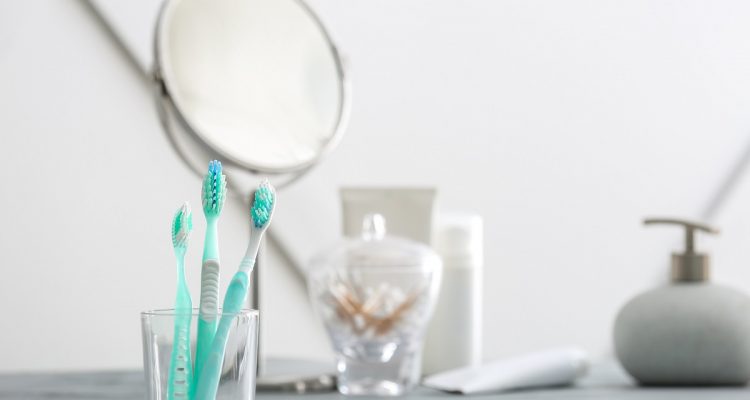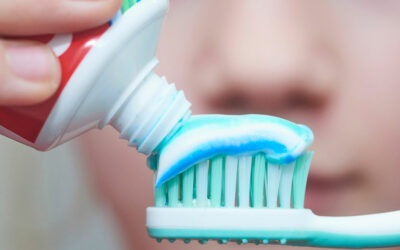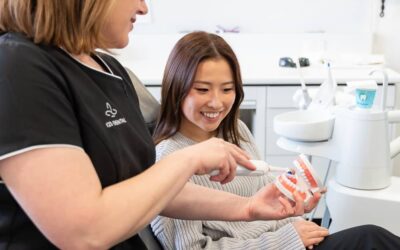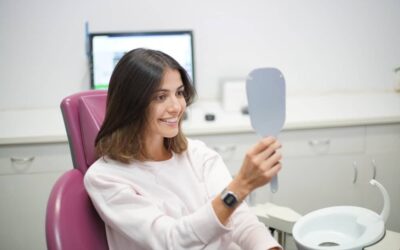In our last blog, we went over how important it is to regularly change your toothbrush and how often to replace it. Now, we’ll look at how to properly care for your toothbrush to keep it as fresh and bacteria-free as possible from the time you buy a new one to the time you replace it.
The entire point of using a toothbrush is removing bacteria from your mouth, which can harbour as many germs as a dirty bathroom floor. Inevitably, this means some bacteria will end up on your toothbrush after brushing.
If your toothbrush is not cared for properly, bacteria and fungus can start developing on the bristles and damage their integrity. Besides being less effective at cleaning your mouth, the bacteria-filled bristles can lead to a host of other problems.
What Are the Worst Places To Store It?
Toothbrushes are like little magnets for bacteria. Unless you want your toothbrush exposed to frequent opportunities to pick up bacteria, avoid storing it near these areas:
- Too Close to a Toilet – Toothbrushes stored within 3 feet of a toilet are susceptible to bacteria exposure from microscopic droplets that get thrown into the air during flushes. If you have no other storage options, always make sure to close the toilet lid prior to flushing.
- Too Close to a Sink – When you wash your hands at the sink, whatever is getting washed off your hands can get splashed onto your toothbrush. If you have limited space in your bathroom, consider moving it away from the sink when you wash your hands.
- Laying It Flat – Laying a toothbrush flat on the counter allows it to remain moist and creates the perfect breeding ground for bacteria to grow.
- Touching Another Toothbrush – Be sure to store all toothbrushes separately so that none of their bristles are touching each other. Storing them separately prevents germs from being spread between toothbrushes. This is especially important if any of your family members are sick.
- Touching the Counter or a Shelf – Do you store your toothbrush in a way that allows the bristles to come in contact with another surface, such as a shelf or counter? This allows the bristles to pick up germs from elsewhere. Instead, store it upright in an area it can air out without anything else touching the bristles.
- In the Shower – The damp atmosphere of showers promotes the growth of microorganisms.
- In Plastic Containers – Airtight containers do not allow toothbrushes to dry out between brushings, encouraging the growth of mould and bacteria. Airtight containers do not allow toothbrushes to dry out between brushings, encouraging the growth of mould and bacteria. Also, storing several toothbrushes together in one container can allow bacteria to spread between the brushes. This is an especially bad idea if any members of your family are sick.
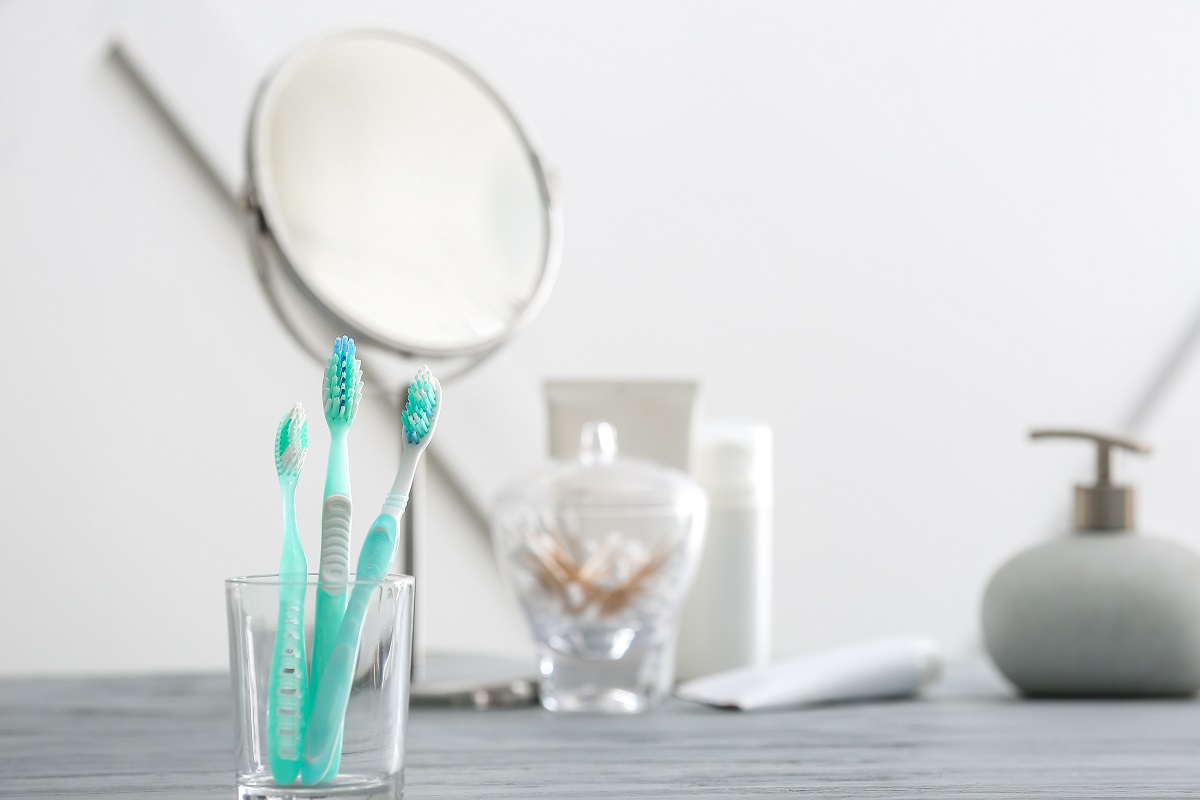
Where Is the Best Place to Store It?
Tips For Properly Caring For Your Toothbrush
Now that we’ve looked at some of the worst places to store your toothbrush, let’s look at some other tips for keeping it as free of bacteria as possible.
- Use the Right Toothpaste – While most toothbrushes are formulated to kill germs, some are especially effective. We would be happy to discuss our top toothpaste recommendations at your next appointment.
- Sharing Is Not Caring – Even if you follow all these tips and take impeccable care of your toothbrush, it is impossible to completely eliminate all bacteria from it. For this reason, it is not recommended to share a toothbrush with anyone, even a significant other. While we may think that kissing someone exposes us to the same germs, sharing a toothbrush is different. Brushing and flossing can create microscopic cuts that could potentially transfer bloodborne pathogens from one person to another if they use the same brush.
- Use Separate Toothpaste Tubes – If you want to be extra safe, consider getting a different tube of toothpaste for each family member. If you are sharing one tube of toothpaste, avoid pressing the bristles onto the tube. Rather, squeeze the toothpaste onto the brush without pressing the bristles to the tube opening.
- Rinse and Dry Every Time – Every time you brush, rinse your toothbrush thoroughly afterward with warm water, tap the handle against the sink to get excess water off, and allow it to dry in an upright position.
- Do An Occasional Deep Clean – While it is important to rinse your toothbrush with warm water after using it, an occasional deep clean is helpful for getting rid of germs on the bristles. While you can’t sanitise a toothbrush completely, an occasional soak in hydrogen peroxide can help decrease the bacterial load on your toothbrush.
Other ways to deep clean your toothbrush include soaking it in mouthwash or a mixture of vinegar, hot water, and baking soda. Keep in mind that deep cleaning should only be done on occasion, not daily, and may damage your toothbrush’s bristles. Discard any soaking solution immediately after use (do not reuse it!).
- Avoid Damaging Cleaning Methods – Placing your toothbrush in mouthwash or in the dishwasher can damage the bristles. However, using a dishwasher to clean your toothbrush travel container is a convenient way to keep it clean and free of germs for the next time you need to use it.
- Dry, Dry, Dry – Before packing your toothbrush in a travel container (the only time it is okay to cover your toothbrush), be sure it is completely dry.
- Wash Your Hands Before You Use Your Toothbrush – If you do not wash your hands prior to brushing your teeth, any germs you have picked up throughout the day can move to your toothbrush and into your mouth.
- Avoid Gnawing, Chewing, Sucking, or Biting on your Toothbrush – This may damage the bristles, causing micro tears that can trap germs in the fibers of the toothbrush.
- Clean Your Toothbrush Cup or Holder – Along with caring for your toothbrush, make sure the holder or cup you store it in is clean as well. If you use a cup, change it out often and wash it in the dishwasher.


